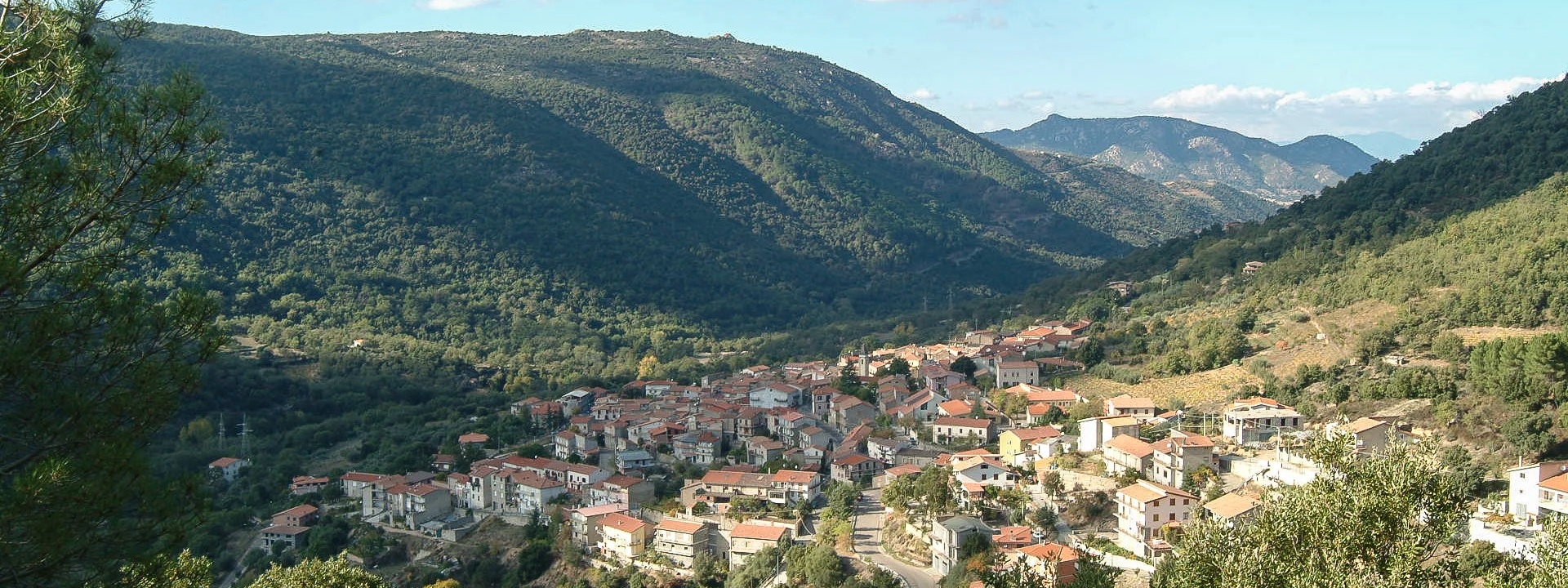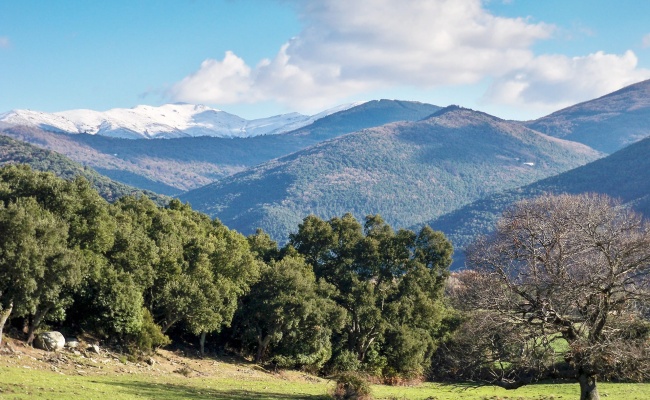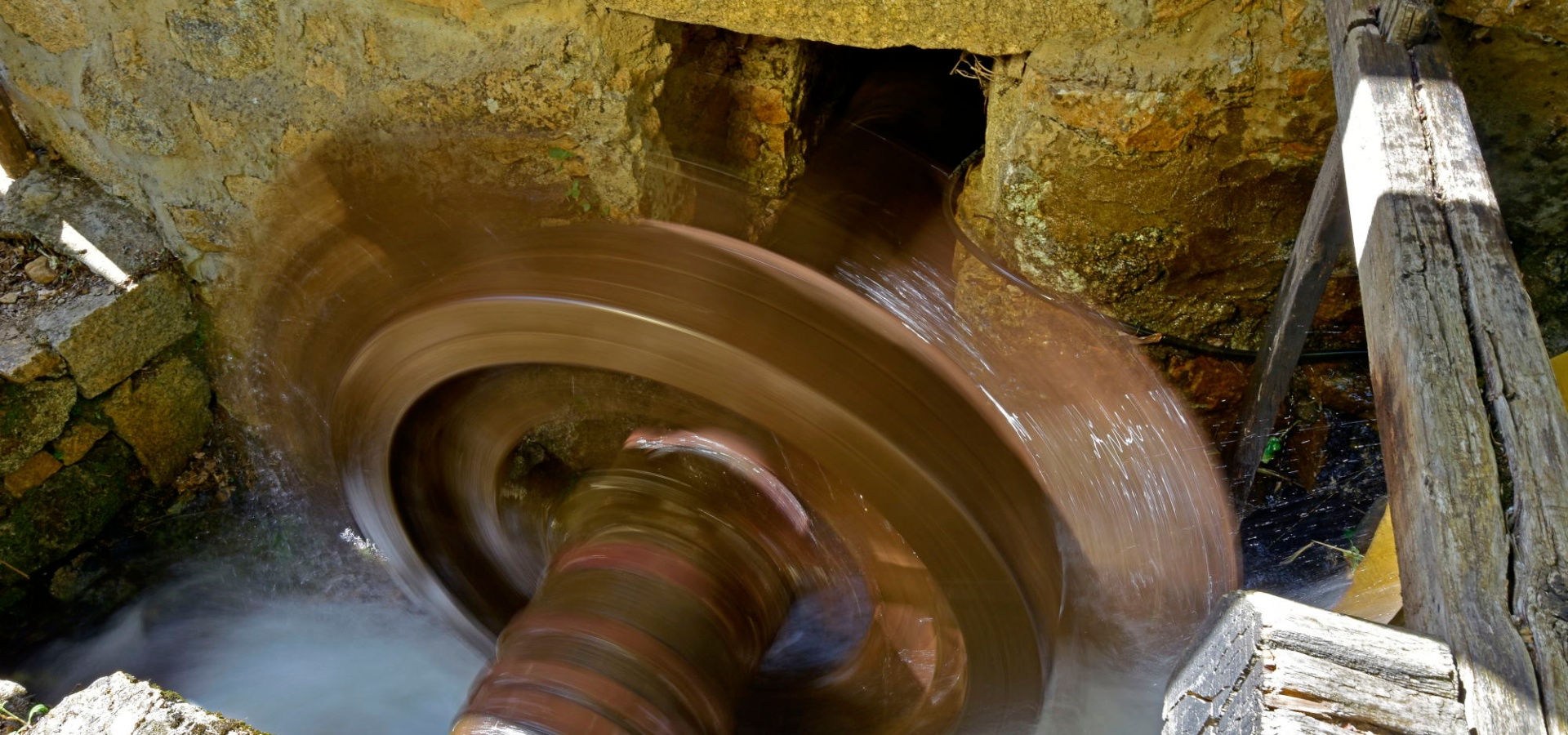Tiana
Description
Tiana is located at the foot of Monte Orovole, in the western part of the Gennargentu massif, and was a borderland and key point of exchange between different cultures over the centuries.
The presence of past civilisations is attested in the numerous archaeological monuments in the area, including the domus de janas in the necropolis of Mancosu, the Bronze-Age nuraghic sites in Sa Pira Era, Sa Tanca de su Pranu and S'ischisorgiu, the Tudulu Roman kiln and the tomb of a fifteenth-century knight discovered in Santu Leo in 1912.
It is surrounded by forests of holm oak and other trees, creating a habitat rich in flora and fauna. Along its trails, you can enjoy stunning panoramas of the surrounding mountains and more.
The town is situated in the valley formed by the Tino and Torrei rivers, which meet to create an upside-down ‘T’. These rivers not only define the landscape but were also an important economic resource, dotted with mills of various kind that were also used by the nearby towns. Along the road south of the town, there is a trail that leads to the Museo di archeologia industriale Le vie dell'acqua in Gusagu, an industrial archaeology museum featuring old mills and the Gualchiera Bellu fulling mill, which are still functioning and driven by the Rio Torrei.
The town is famous for its centenarians, including Antonio Todde, who held the record for oldest man in the world in 2001.
Preserving an invaluable historical memory, Tiana has kept alive a few traditional customs, like the Carnival celebration known as Coli Coli, which is held on the first day of Lent. On Ash Wednesday, the Intintos, Carnival characters with faces covered with charcoal, smear the faces of whoever they meet as they parade through the town, carrying a puppet that is set alight at the end of the day.
 Nuorese Cultural District
Nuorese Cultural District

